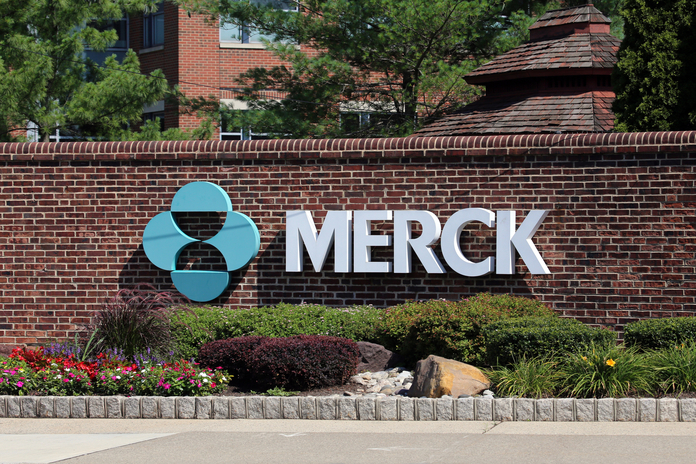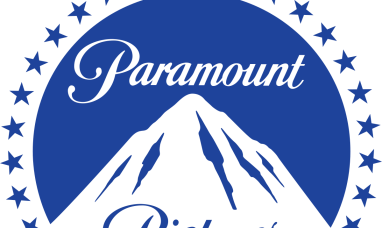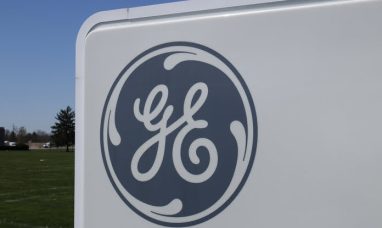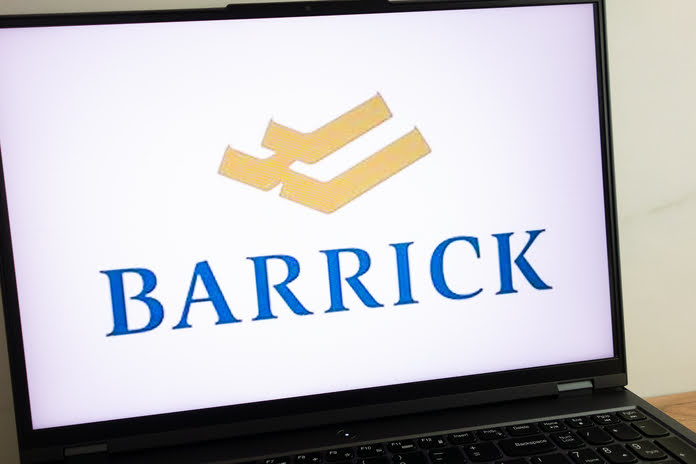Investment Thesis
A global health care corporation, Merck & Co., Inc. (NYSE:MRK) discovers, produces and markets pharmaceuticals, vaccines, biologic therapies, and products for animal health. They have a long history of being a leader in the healthcare industry. They have demonstrated well-managed expansion supported by a robust pipeline. Their outstanding technology and patent protection create a solid economic moat. They are retaining their advantage through significant investments in R&D and strategic acquisitions. I think Merck is a fantastic investment because:
- Their oncology portfolio is among the strongest in the sector and will support future expansion.
- Merck has a solid cash position and high liquidity on its balance sheet. They will be able to meet their growth goals thanks to these solid fundamentals.
- The stock price is significantly undervalued compared to the company’s actual worth, offering investors a fantastic opportunity.
Exceptional Oncology Portfolio
Merck has several highly successful oncology therapies already worth billions of dollars. Their top-selling medication, KEYTRUDA, saw sales increase 30% YoY to $5.3B in the second quarter of 2022. Lynparza (17% growth) and Lenvima (33% growth) performed well. Merck is nevertheless making a concerted effort to broaden its cancer product line.
Merck is negotiating to pay $40B for the cancer-focused biotechnology company Seagen (SGEN). This would be Merck’s second significant acquisition since 2009. Four licensed medications and numerous late-stage clinical candidates will be added to Merck’s oncology portfolio if this acquisition is approved, strengthening it even more. Additionally, Merck and Orion Corporation have just agreed on a more modest $290 million joint venture to develop a Phase 2 steroid inhibitor for prostate cancer. If the development goes well, Merck has the opportunity to turn this agreement into a worldwide exclusive license.
Internal R&D activities are concentrated on the direct development of new pharmaceuticals as well as on the identification of therapeutic combinations that improve the outcomes of cancer treatment. Merck provided an update on recent developments and plans at an ASCO investor event, and the pipeline was rather impressive.
There were a few notable outcomes, including:
- As an adjuvant therapy option for stage II melanoma, KEYTRUDA decreased the risk of distant metastases or death by 36%. The market for melanoma therapies is anticipated to reach $3.45B in value in 2022 and increase at a rate of 15.8% annually.
- WELIREG for specific cancers linked to the Von Hippel-Lindau (VHL) illness was effectively introduced. With primary completion dates starting in 2025, four phase 3 trials are now being conducted.
- By 2028, more than 80 potential approvals are anticipated, making Merck a pioneer in the field of oncology.
The exclusivity period for Merck’s patent on KEYTRUDA expires in 2028. Still, with this impressive portfolio and pipeline, I anticipate that Merck will continue to grow well after that.
Strong Foundation
Merck has an excellent cash flow situation and balance sheet. They had an operating cash flow of $17.2B, $10.2B in free cash flow, and $8.9B on their balance sheet. They outperform Pfizer (PFE), Bristol-Myers Squibb (BMY), and other pharmaceutical rivals in terms of current ratio (1.4x) and quick ratio (0.9x).
Additionally, they have excellent profitability numbers. The EBIT margin (35.4%), EBITDA margin (42.0%), and net income margin (29.0%) are all much higher than the sector average. This impressive profitability is an example of the economic moat created by excellent technology and patent protection. I anticipate they will continue to be vital for a very long time. Additionally, Merck’s solid balance sheet and profitability will guarantee that it has ample resources to support future acquisitions and significant R&D initiatives.
Positive valuation
According to valuation criteria, Merck’s stock price is undervalued, giving investors a fantastic opportunity to buy the stock. The P/E ratio of 13.6x is much lower than the sector median and its historical value of 39.2x (27.9x). The EV/EBITDA figure (10.4x) is considerably lower than the sector median and historical average (12.8x) (16.4x). I anticipate the market will soon recognize the mispricing, and the stock price will grow by it, given its position as a leader in the pharmaceutical sector and its impressive pipeline.
Estimating Intrinsic Value
I calculated the intrinsic value of Merck using the discounted cash flow (“DCF”) model. I used the current WACC of 8.0% as the discount rate for the estimation and the current operating cash flow ($17.2 B). For the base case, I assumed zero growth beyond the first five years and a cash flow increase of 8% (5-year average sales growth) (zero terminal growth). I projected a 10% and 13% cash flow increase for the following five years. I zeroed growth after that for the bullish and very bullish cases.
The estimate showed a 15–30% upside to the current stock price. I anticipate Merck to easily accomplish this potential given their potent medication pipeline and robust portfolio. They will have the resources to carry out their growth plan thanks to their solid fundamentals and profitability.
The following is a summary of the data and assumptions used to estimate the price target:
- 8.0% WACC
- Cash Flow Growth Rate: 8% in the base case, 10% in the bull case, and 13% in the optimistic case (Very Bullish Case)
- $17.2 B in current cash flow
- (07/29/22) Current stock price: $89.34
- The tax rate is 20%.
Strong Economic Moat
Merck’s superior technology, robust R&D, and patent protection give them a solid economic moat. They have the financial, human, and capital resources to sustain the pipeline, which is essential for a major pharmaceutical firm. Their pipeline is also very well managed.
Financial Capability
A financially sound business is Merck. They have enough cash on hand and produce enough operating cash flow ($17.2 B) to finance their expansion. Compared to peers, their overall debt-to-equity ratio is more significant than average (77.6%). Still, the covered ratio (22.8x) indicates that the debt is being effectively managed.
Rate of Growth
The most recent quarter saw a rather significant sales increase (30.2%), but I anticipate a fall in these figures. However, organic growth from current medications and impending drugs in the pipeline could guarantee healthy growth. Free cash flow growth will also be robust (estimated to be 48.45% going forward).
Merck’s margin of safety is consistently expanding. They are currently undervalued by between 15 and 30%, according to the DCF estimate. Additionally, their 3% dividend return is a good perk.
Industry Outlook
The healthcare industry is trustworthy and will expand consistently along with the population. Additionally, the industry should expand as a result of developing technologies. There will be consistent growth for a very long time, albeit not at the super-growth rates of the technology sector.
Risk
Maintaining their pipeline and successfully commercializing new medications are crucial to Merck’s business. Even though Merck has significant resources for R&D and commercialization, nothing can be taken for granted (the phase 3 trial success rate is about 50%). There is always a danger that the resources used to create a new medicine are ineffective. Investors should therefore closely monitor news on Merck’s drug research pipeline and clinical trial activities.
KEYTRUDA ($17B out of $48B in total sales in 2021) accounts for a significant percentage (35%) of Merck’s income despite the company’s excellent medicine portfolio. KEYTRUDA also achieves the highest revenue growth rate. A blockbuster drug is fantastic, but relying too heavily on one drug carries risk. One should closely monitor the progress of their pipeline.
The Seagen acquisition will dramatically increase the company’s debt load, even though it has the potential to strengthen Merck’s oncology portfolio and possibly extend the patent protection for KEYTRUDA. The Federal Trade Commission will also conduct an additional antitrust review of the agreement. The final result of this deal and the news surrounding it could significantly impact stock prices both now and in the future.
Conclusion
Merck is a leading healthcare organization with a robust economic moat. Their growth and profitability are excellent, and I anticipate they will continue for the foreseeable future. Their emphasis on oncology excites me much, and I think it will benefit them in the long run. Risks might arise from a company’s firm reliance on a single drug. Therefore, investors should monitor their pipeline. Overall, I anticipate future gains of 15 to 30%.
Featured Image: Megapixl © Wellesenterprises















